How to Grow Basil in a Pot: A Comprehensive Guide
Introduction
Basil (Ocimum basilicum) is one of the most beloved herbs, cherished for its aromatic leaves and culinary versatility. Whether you’re a seasoned gardener or a beginner, learning how to grow basil in a pot is a rewarding experience that adds flavor to your dishes and a fresh fragrance to your home. This comprehensive guide will walk you through everything you need to know about how to grow basil in a pot, from selecting the right variety to harvesting and maintaining your plant for continuous growth.
1. Understanding Basil: A Brief Overview
Basil is a warm-weather herb that thrives in sunlight and well-drained soil. It’s an essential ingredient in many cuisines, particularly Italian, where it’s a key component of pesto and complements tomato-based dishes perfectly. Basil is also used in Asian cuisines, such as Thai and Vietnamese, to add a distinctive flavor to various dishes. Growing basil in a pot allows you to have fresh leaves at your fingertips, ready to enhance your meals at any time.
2. Choosing the Right Basil Variety
Basil comes in numerous varieties, each with its unique flavor profile and growth habits. Some popular types for container gardening include:
- Sweet Basil (Ocimum basilicum): The most common variety, known for its sweet and slightly peppery flavor, perfect for Italian dishes.
- Thai Basil (Ocimum basilicum var. thyrsiflora): Offers a spicy, anise-like flavor, ideal for Asian cuisines.
- Lemon Basil (Ocimum × citriodorum): Known for its citrusy scent and flavor, great for teas and desserts.
- Purple Basil (Ocimum basilicum ‘Purpurascens’): Adds visual appeal with its deep purple leaves and a slightly spicier flavor.
- Cinnamon Basil (Ocimum basilicum ‘Cinnamon’): Has a warm, spicy flavor reminiscent of cinnamon, making it perfect for adding to baked goods and beverages.
When choosing a variety, consider the culinary uses and the growing environment. Some basil types, like sweet basil, are more forgiving and easier to grow, making them ideal for beginners.
3. Selecting the Right Pot
Choosing the right pot is crucial for successful basil cultivation. Here are some factors to consider:
- Size: A pot with a diameter of at least 12 inches is recommended. Basil has a robust root system that needs space to spread out, and a larger pot will reduce the frequency of watering.
- Material: Terracotta pots are a popular choice because they allow the soil to breathe, preventing root rot. However, they can dry out quickly, so you’ll need to monitor the soil moisture closely. Plastic pots retain moisture longer but may contribute to root rot if overwatered.
- Drainage: Ensure the pot has adequate drainage holes. Basil doesn’t like soggy soil, so proper drainage is essential to prevent waterlogging and root rot.
4. Preparing the Soil
Basil prefers well-drained, nutrient-rich soil with a slightly acidic to neutral pH (6.0-7.5). Here’s how to prepare the perfect potting mix for basil:
- Use High-Quality Potting Mix: Choose a potting mix that contains a good balance of organic matter, such as compost or peat moss, and inorganic matter like perlite or vermiculite, which help with aeration and drainage.
- Add Compost: Mixing compost into the potting mix will provide a slow-release source of nutrients, ensuring your basil plant has the nutrition it needs to thrive.
- Avoid Heavy Garden Soil: Garden soil can compact easily in pots, leading to poor drainage and root health. Always use a light, well-aerated potting mix.
5. Planting Basil
Once you have your pot and soil prepared, it’s time to plant your basil. You can start basil from seeds or transplants.
- Starting from Seeds:
- Fill the pot with your prepared potting mix, leaving about an inch of space at the top.
- Scatter the seeds on the surface and lightly cover them with a thin layer of soil (about 1/4 inch).
- Water gently to moisten the soil without washing away the seeds.
- Place the pot in a warm, sunny spot. Basil seeds need warmth to germinate, typically taking 7-14 days.
- Starting from Transplants:
- If you’re using a transplant, dig a small hole in the potting mix that’s large enough to accommodate the root ball.
- Place the transplant in the hole, ensuring the top of the root ball is level with the soil surface.
- Fill in around the root ball with soil and gently firm it down.
- Water the plant thoroughly to settle the soil around the roots.
6. Watering and Feeding
Basil requires consistent watering, but it’s crucial to strike a balance between keeping the soil moist and avoiding overwatering, which can lead to root rot.
- Watering:
- Water basil when the top inch of soil feels dry to the touch. The frequency will depend on the temperature, humidity, and size of the pot.
- Water early in the day to allow the leaves to dry off before evening, reducing the risk of fungal diseases.
- In hot weather, you may need to water basil daily, especially if it’s in a terracotta pot that dries out quickly.
- Feeding:
- Basil is a fast-growing herb and benefits from regular feeding. Use a balanced, water-soluble fertilizer every 4-6 weeks to promote healthy growth.
- Alternatively, you can use organic options like fish emulsion or compost tea. Be cautious not to over-fertilize, as this can lead to excessive leaf growth with less flavor.
7. Sunlight and Temperature Requirements
Basil is a sun-loving plant that thrives in warm conditions.
- Sunlight:
- Basil needs at least 6-8 hours of direct sunlight each day. Place your pot in a sunny spot, such as a south-facing window or a bright patio.
- If growing indoors, consider using grow lights to supplement natural sunlight, especially during the winter months when daylight hours are shorter.
- Temperature:
- Basil thrives in temperatures between 70-90°F (21-32°C). It’s sensitive to cold and will suffer if temperatures drop below 50°F (10°C).
- If you’re growing basil outdoors in a pot, be prepared to bring it indoors or provide protection if a cold snap is forecasted.
8. Pruning and Harvesting
Regular pruning is essential to encourage bushy growth and prevent basil from becoming leggy.
- Pruning:
- Start pruning once your basil plant has grown at least 6-8 inches tall and has several sets of leaves.
- Pinch off the top set of leaves just above a pair of leaf nodes. This encourages the plant to produce side shoots, leading to a fuller, bushier plant.
- Regularly remove any flowers that appear. Flowering signals the plant to start producing seeds, which can reduce the flavor of the leaves.
- Harvesting:
- You can start harvesting basil leaves once the plant has enough growth to spare. Ideally, wait until the plant is about 6-8 inches tall.
- Harvest in the morning when the leaves are most turgid and full of essential oils.
- Use sharp scissors or your fingers to snip off individual leaves or cut stems just above a pair of leaves.
- Regular harvesting encourages the plant to keep producing new growth. However, avoid taking more than one-third of the plant at any time to ensure it continues to thrive.
9. Common Problems and Solutions
While basil is generally easy to grow, it’s not without its challenges. Here are some common issues and how to address them:
- Yellowing Leaves:
- This is often a sign of overwatering. Ensure the pot has good drainage and reduce watering frequency.
- Yellowing can also indicate a nutrient deficiency. Consider feeding the plant with a balanced fertilizer.
- Pests:
- Aphids, whiteflies, and spider mites can be problematic for basil. Regularly inspect your plant for pests and remove them by spraying the leaves with water or using an insecticidal soap.
- Slugs and snails may also target outdoor basil. Use slug traps or diatomaceous earth around the base of the plant to deter them.
- Fungal Diseases:
- Downy mildew and fusarium wilt are common fungal diseases that affect basil. To prevent these, ensure good air circulation around the plant and avoid overhead watering.
- If you notice signs of fungal disease (e.g., yellowing leaves, stunted growth, or black spots), remove the affected parts and consider using a fungicide.
- Leggy Growth:
- Basil may become leggy if it’s not receiving enough sunlight. Move the pot to a sunnier location or consider supplementing with grow lights.
10. Overwintering Basil
Basil is an annual herb, but with proper care, you can extend its life and even overwinter it indoors.
- Indoor Overwintering:
- Before the first frost, bring your basil pot indoors. Place it in a sunny window where it will receive plenty of light.
- Reduce watering and feeding during the winter months, as the plant’s growth will slow down.
- Consider using grow lights to supplement natural sunlight and keep the plant healthy.
- Propagating Basil:
- You can propagate basil by taking cuttings before winter sets in. Place a 4-6 inch cutting in water, and it will develop roots in about two weeks.
- Once the roots are well-established, plant the cutting in a pot with fresh potting mix and care for it as you would a mature basil plant. This method allows you to have a fresh start with a new basil plant, even as the original one may begin to decline during the colder months.
11. Companion Planting and Basil in Pots
Companion planting is a technique where certain plants are grown together to enhance each other’s growth, deter pests, or improve flavor. When growing basil in a pot, you can still take advantage of companion planting by placing your basil pot near other plants that benefit from its presence.
- Tomatoes: Basil is famously paired with tomatoes in the garden as it is believed to improve the flavor of the tomatoes and repel certain pests like aphids, whiteflies, and hornworms.
- Peppers: Basil can help deter aphids, spider mites, and flies from pepper plants.
- Oregano: Both basil and oregano thrive in similar conditions and can be grown together in a larger pot. Oregano’s ground-covering growth habit can also help retain soil moisture.
- Marigolds: Marigolds are known to repel nematodes and other pests, and their bright flowers make a visually appealing combination with basil.
When planting basil with other herbs or vegetables in the same pot, ensure that all the plants have similar water and sunlight needs to avoid any one plant suffering from inappropriate growing conditions.
12. Utilizing Basil: Culinary and Beyond
One of the best parts of growing basil is using it in your kitchen. Here are some popular culinary uses for fresh basil:
- Pesto: Basil is the star ingredient in classic pesto, made by blending fresh basil leaves with garlic, pine nuts, Parmesan cheese, and olive oil.
- Salads: Fresh basil adds a fragrant and flavorful touch to salads, especially Caprese salad, which combines basil, tomatoes, and mozzarella.
- Soups and Stews: Add basil to soups like minestrone or tomato soup for a fresh, herbal note.
- Herbal Teas: Basil can be used to make a refreshing herbal tea, either on its own or combined with other herbs like mint or lemon balm.
Beyond the kitchen, basil has several other uses:
- Herbal Remedies: Basil is known for its anti-inflammatory and antioxidant properties. Basil tea or extracts are often used in traditional medicine to alleviate symptoms of colds, headaches, and digestive issues.
- Aromatherapy: The essential oils in basil have a calming effect and can be used in aromatherapy to reduce stress and improve mood.
- Natural Insect Repellent: The strong aroma of basil can help repel insects. Placing pots of basil around outdoor seating areas can help keep mosquitoes and flies at bay.
13. Troubleshooting: Addressing Common Challenges
Even with the best care, you may encounter challenges when growing basil in a pot. Here’s how to address some common issues:
- Bolting: Bolting occurs when basil starts flowering and going to seed, usually triggered by hot weather or inadequate watering. To prevent bolting, pinch off flower buds as soon as they appear and ensure your basil gets enough water.
- Root Bound: If your basil has been in the same pot for an extended period, it might become root-bound, where the roots fill up the pot and start circling around the edges. To solve this, you can repot your basil into a larger container, gently loosening the roots before transplanting.
- Sunburn: If basil is suddenly exposed to intense sunlight after being grown in a shaded area, the leaves can develop sunburn, appearing as brown, crispy patches. Gradually acclimate the plant to higher light levels to prevent sunburn.
14. Growing Basil Indoors: A Year-Round Option
If you don’t have outdoor space or want fresh basil year-round, growing basil indoors is an excellent option. Here’s how to ensure success:
- Choose a Sunny Spot: Place your basil pot on a windowsill that receives plenty of sunlight. A south-facing window is ideal, but an east or west-facing window can also work.
- Use Grow Lights: During the winter months or in homes with limited natural light, supplement with grow lights. Position the lights about 6-12 inches above the plant, and leave them on for 12-16 hours a day.
- Maintain Humidity: Indoor environments can be dry, especially in winter. Increase humidity around your basil by placing a tray of water near the plant, misting the leaves regularly, or using a humidifier.
- Rotate the Pot: To ensure even growth, rotate the pot every few days so that all sides of the plant receive equal light.
15. The Benefits of Growing Basil in a Pot
Growing basil in a pot offers several benefits that make it an ideal choice for gardeners of all levels:
- Mobility: Potted basil can be easily moved to follow the sun or brought indoors during inclement weather.
- Space Efficiency: If you have limited garden space, growing basil in a pot allows you to cultivate this versatile herb even on a small balcony, patio, or windowsill.
- Control Over Growing Conditions: Growing basil in a pot gives you more control over soil quality, watering, and exposure to pests, reducing the chances of disease or nutrient deficiencies.
- Aesthetic Appeal: Basil’s lush green leaves and aromatic presence add beauty and fragrance to your home or garden. You can also choose attractive pots that complement your decor.
Conclusion
Growing basil in a pot is a fulfilling experience that rewards you with a constant supply of fresh, flavorful leaves. By following this guide on how to grow basil in a pot—choosing the right variety, pot, and soil, providing adequate sunlight and water, and regularly pruning and harvesting—you can enjoy healthy basil plants that thrive indoors or out.
Whether you’re using your basil to create delicious dishes, enhance your home’s ambiance, or explore its medicinal benefits, understanding how to grow basil in a pot ensures the effort you put into growing this versatile herb will be well worth it. With patience and care, your potted basil will flourish, providing you with a bountiful harvest season after season. Happy gardening!


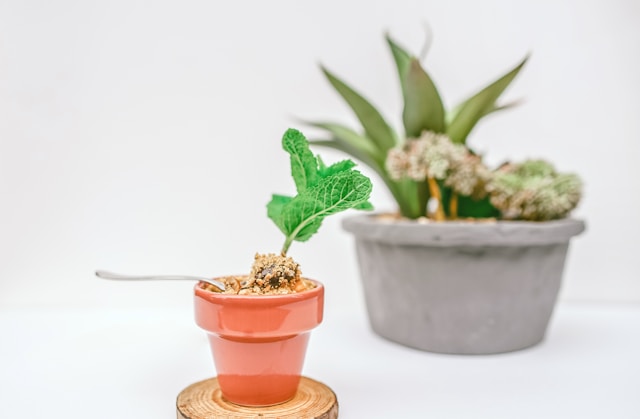
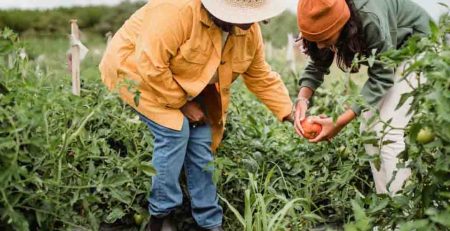
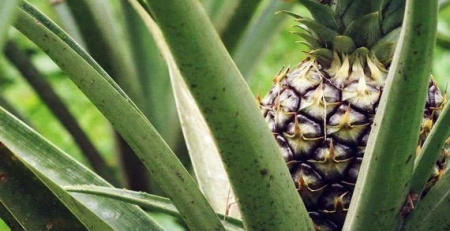
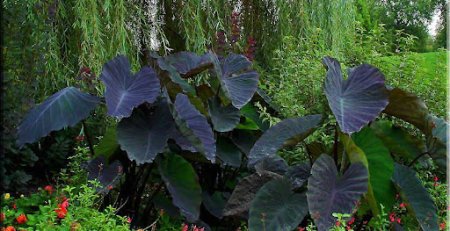
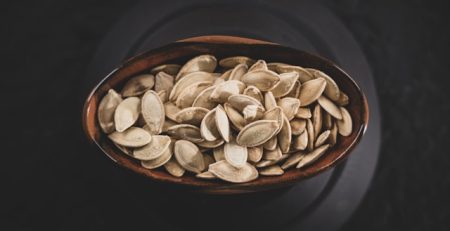
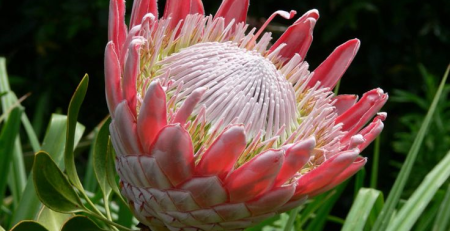

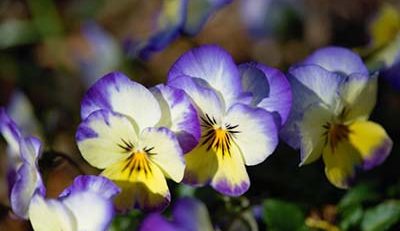
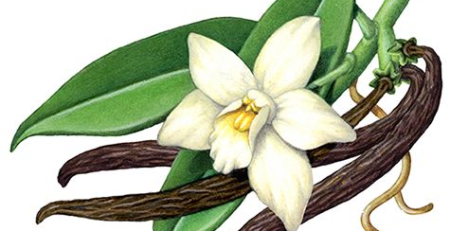
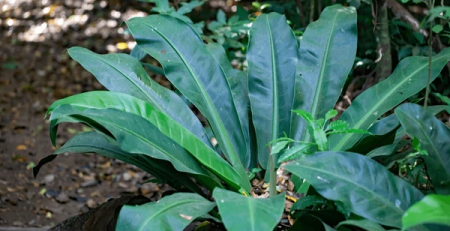
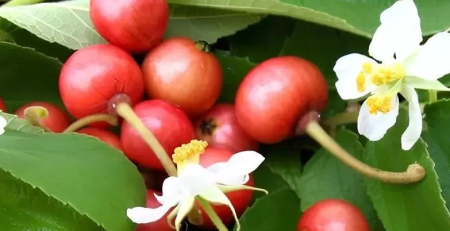
Leave a Reply